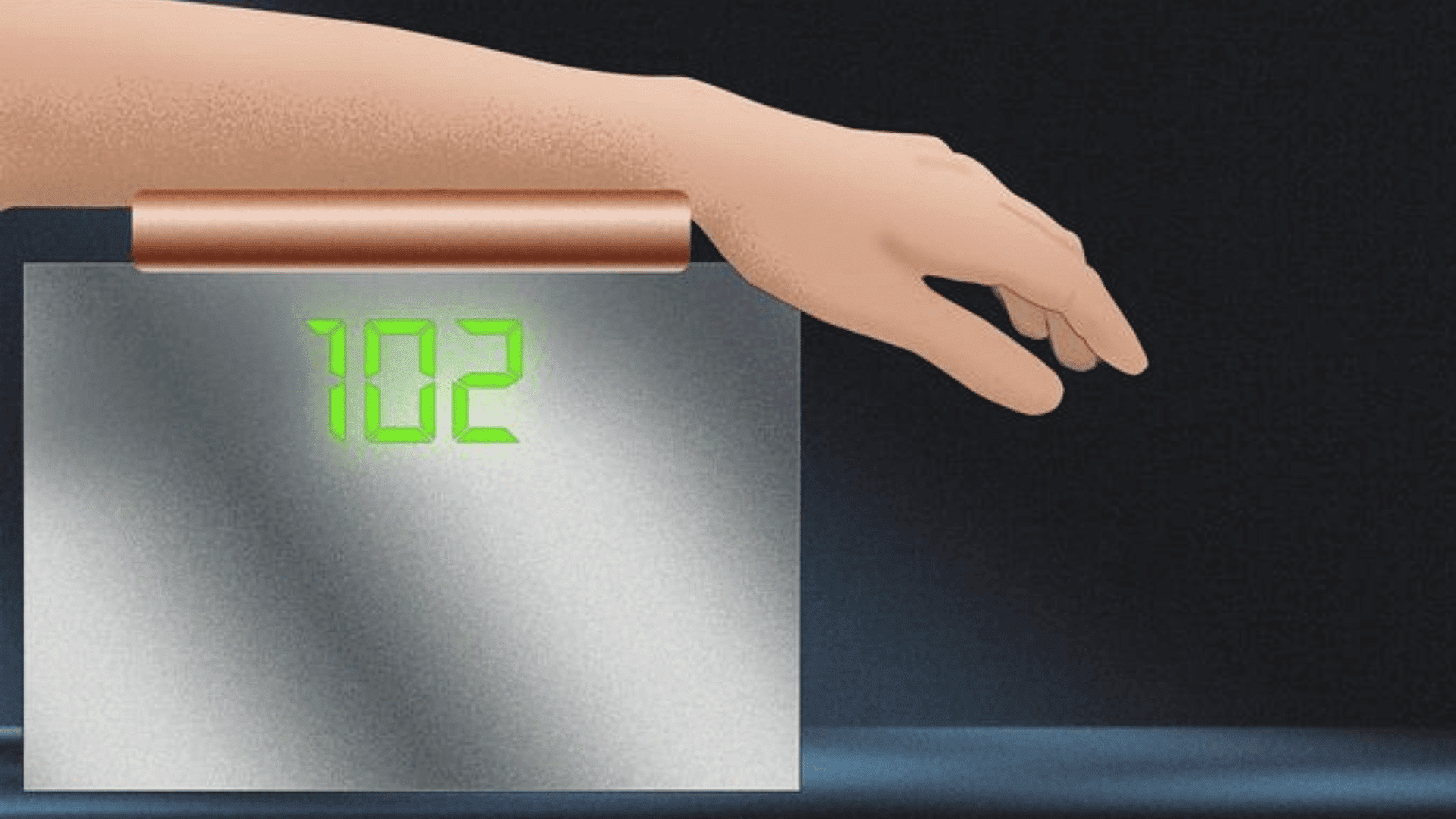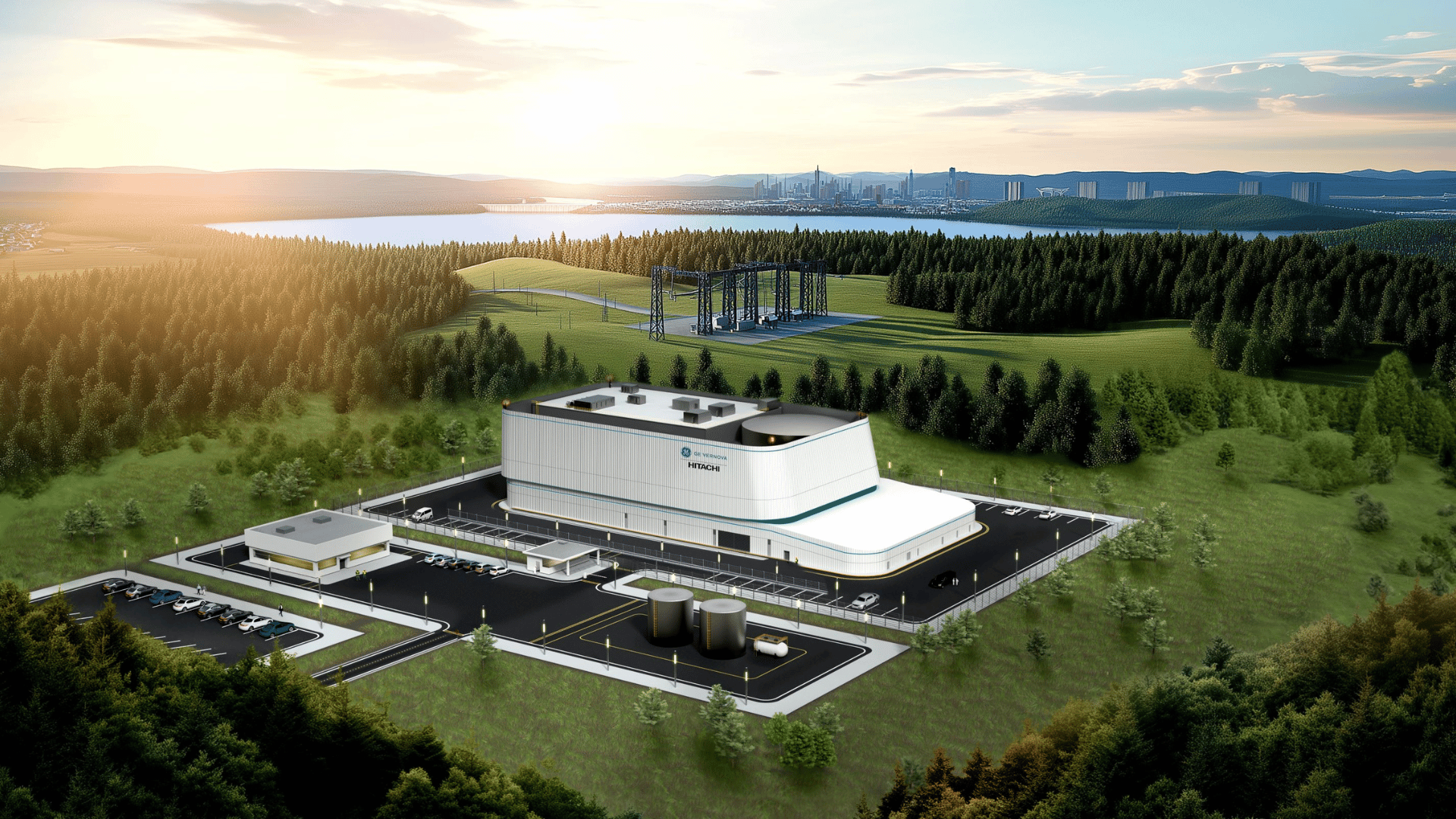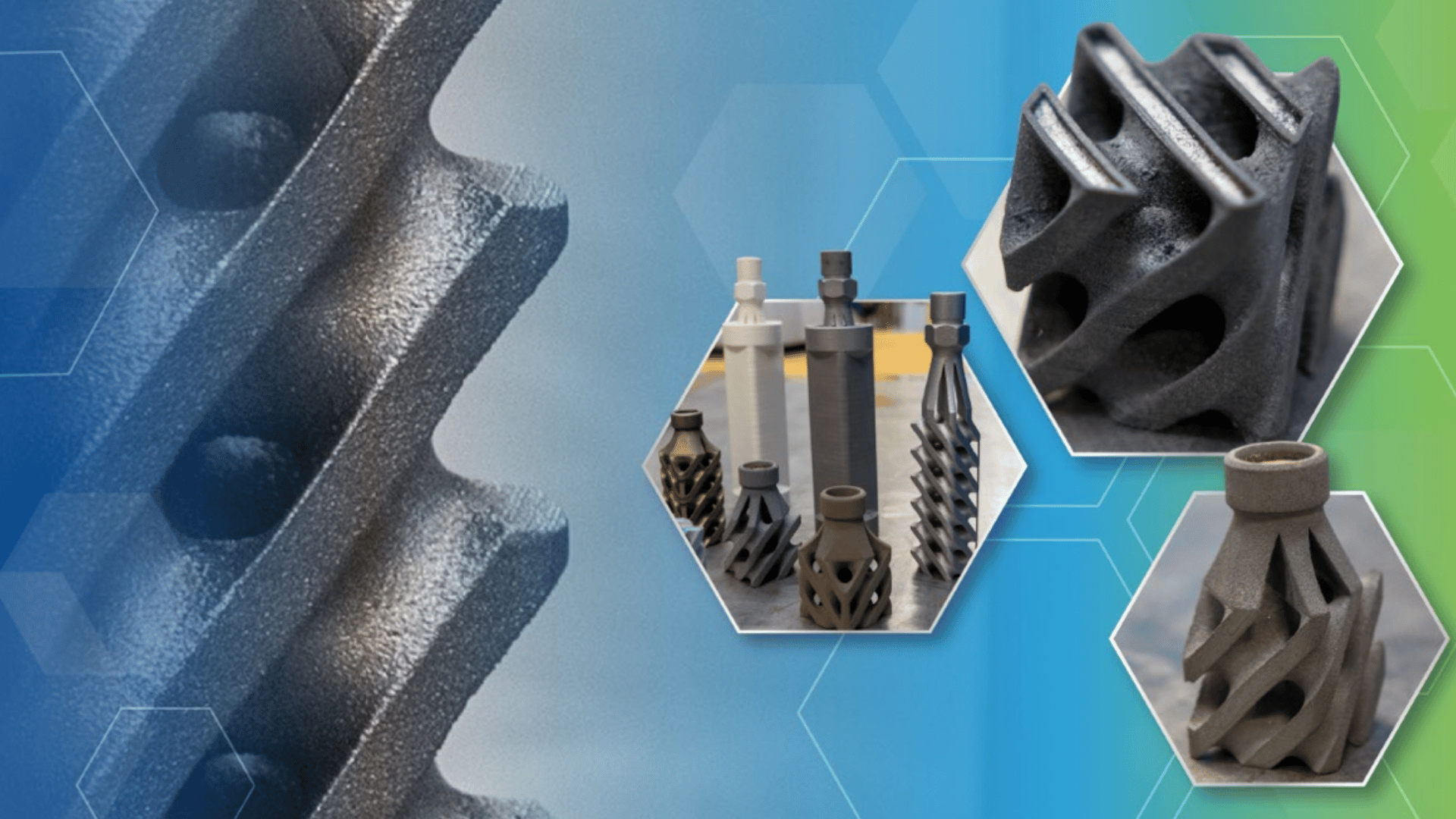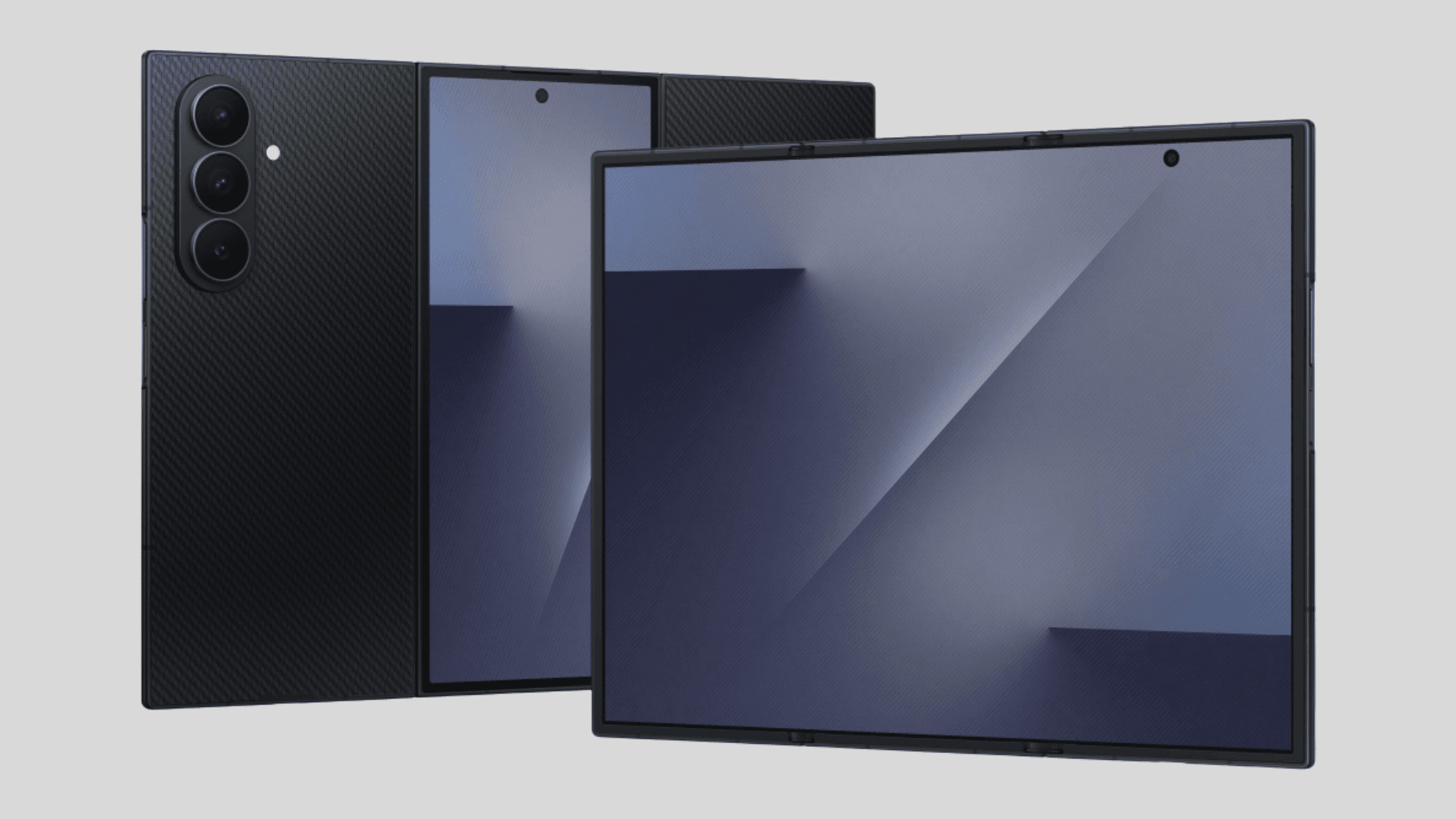South Beach in Miami, Florida, will soon host a 7-mile public art installation called The Reefline. It will be part sculpture park and part snorkeling trail, highlighting the area’s beautiful coral reefs and marine life.
Underwater Sculpture Park
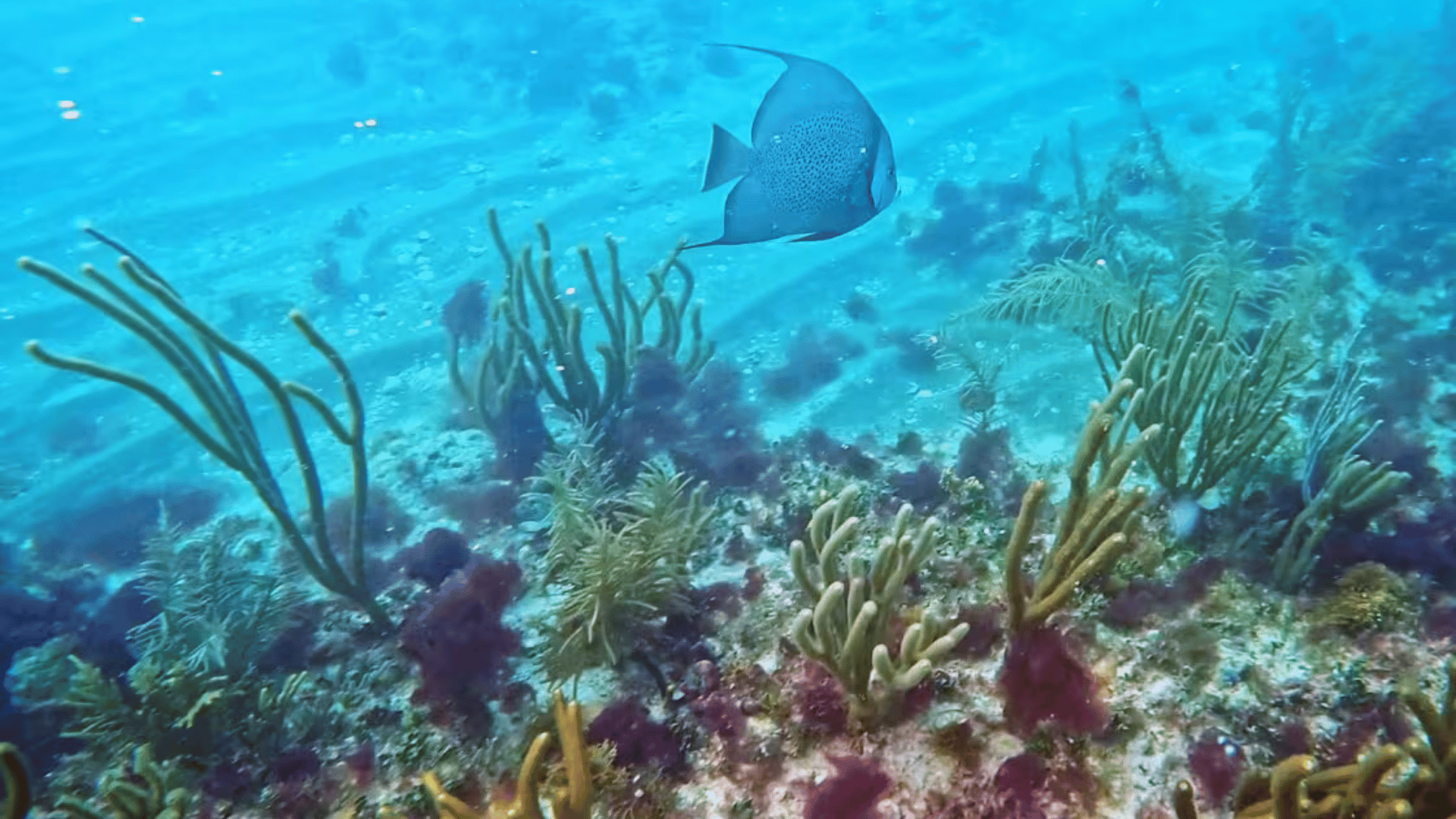
“Mother Nature is the ultimate artist,” Reefline founder and artistic director Ximena Caminos told NBC News. “What we’re doing is giving nature and amplifying that marine habitat, because it’s needed.”
The Reefline project’s first phase will involve a series of 22 full-size concrete cars, designed by Argentinian artist Leandro Erlich, being submerged underwater. These cars will be part art installation and part conservation tool as they’ll provide shelter for the fish and a foundation for coral to grow.
Thematically, the exhibition is meant to play with expectations as one of the biggest elements of environmental destruction becomes a way to ignite restoration efforts.
According to event organizers, the additions to the marine community will help prevent beach erosion. Additionally, Colin Foord, The Reefline’s coral expert, stated that the exhibition will help rescue dislodged, climate-resilient corals. Clones of these corals will be grown in Miami labs and attached to the project’s planned hybrid reef.
View this post on Instagram
According to TimeOut, future phases of the project include The Miami Reef Star by Carlos Betancourt and Alberto Latorre, which is inspired by the movement of starfish and the ocean’s connection to space. This portion of the project will also be designed with modern “blue tech.”
“We are accelerating the development of a fully healthy coral reef by decades by putting out small pieces of coral that we are growing here in the lab,” Foord said in a Miami lab housing submerged corals.
“When you put the mask on and you get into the water, it’s like time slows down,” he continued.
“I think that if more people have that type of opportunity, then that helps change public perception about the need to protect the environment.”



